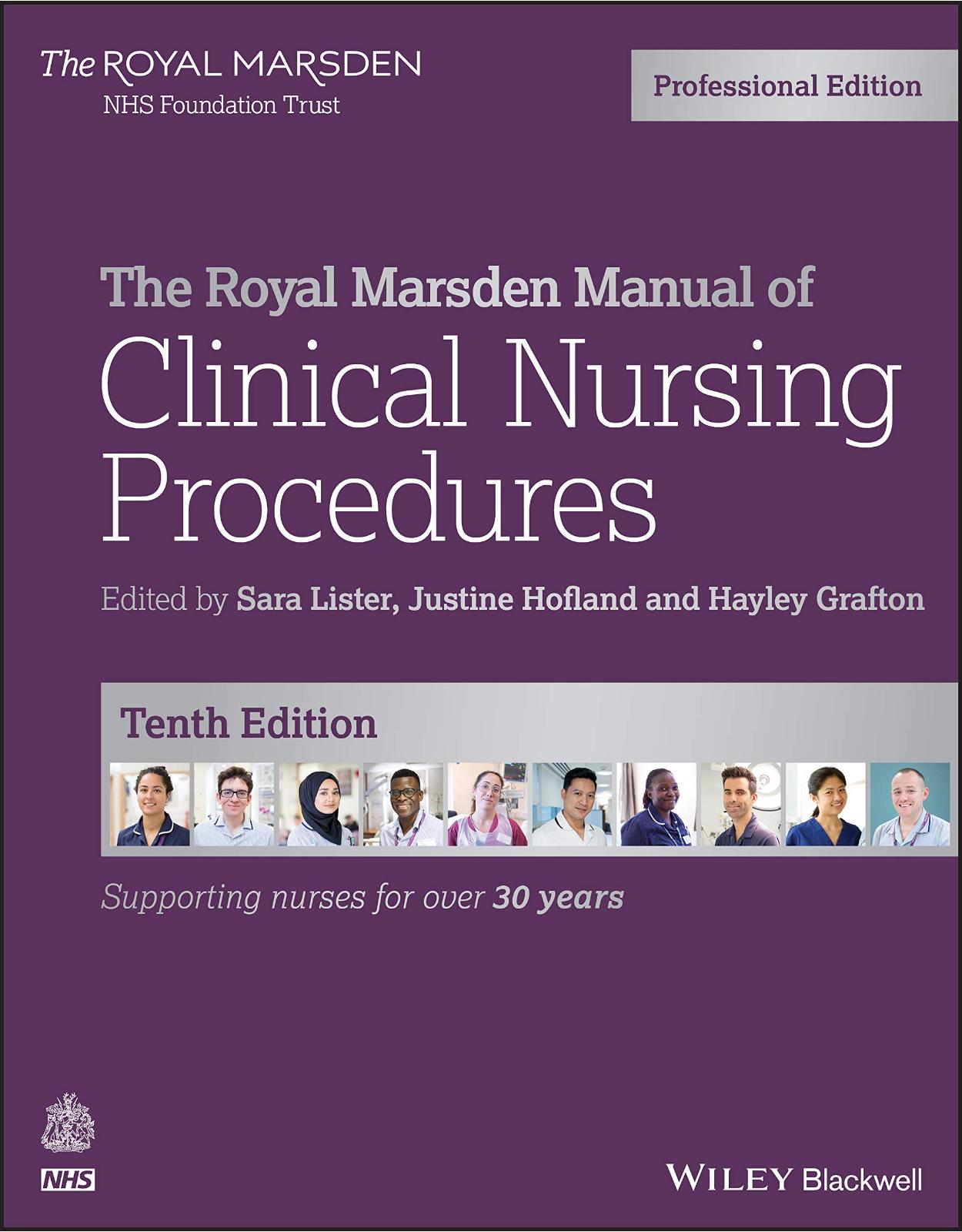
The Royal Marsden Manual of Clinical Nursing Procedures
Livrare gratis la comenzi peste 500 RON. Pentru celelalte comenzi livrarea este 20 RON.
Disponibilitate: La comanda in aproximativ 4 saptamani
Editura: Wiley
Limba: Engleza
Nr. pagini: 1264
Coperta: Paperback
Dimensiuni: 21.84 x 6.1 x 27.69 cm
An aparitie: 30 April 2020
DESCRIPTION:
Now in its tenth edition, The Royal Marsden Manual of Clinical Nursing Procedures has been the definitive, market-leading guide to clinical nursing skills for over three decades. This internationally best-selling title sets the gold standard for nursing care; providing the procedures, rationale, and guidance required by qualified nurses to deliver clinically effective, patient-focused care with expertise and confidence.
With over two-hundred detailed procedures, this comprehensive manual presents the evidence and underlying theory alongside full-colour illustrations and photographs, and includes coverage of infection prevention and control, perioperative care, wound management, nutrition, diagnostic testing, discharge, medicines management, and much more. Loved and trusted by millions for over thirty years, The Royal Marsden Manual of Clinical Nursing Procedures continues to be a truly indispensable guide for nursing practice.
Written by nurses for nurses
Empowers nurses to become informed, skilled practitioners
Reflects current procedures and changes in modern adult nursing practice
All procedures are supported by up to date evidence, including detailed rationales for each step of each procedure
Considers the clinical governance around the procedures and nursing practice
NEW to the Tenth Edition:
Each chapter is linked to the NMC 2018 ‘Future Nurse: Standards of Proficiency for Registered Nurses’ guidance
Includes a brand-new chapter on ‘Self Care and Wellbeing,’ helping nurses to care for themselves emotionally and physically
The Royal Marsden Manual is also available online, fully searchable, and annotatable. www.rmmonline.co.uk
Table of Contents:
TABLE OF CONTENTS
Brief table of contents v
Foreword to the tenth edition xv
Preface xvii
Acknowledgements xix
List of contributors xxi
Quick reference to the procedure guidelines xxv
How to use your manual xxix
1 The context of nursing 1
Overview 2
Background 2
Context of nursing 2
Evidence-based practice 7
Structure of the manual 8
Structure of the chapters 9
Finally 9
References 10
Part One Managing the patient journey 13
2 Admissions and assessment 14
Overview 16
Inpatient assessment and the process of care 16
Observation 24
Physical assessment 24
3 Discharge care and planning 45
Overview 46
Discharge care and planning 46
Discharging patients from hospital: internal procedures 47
Interface between primary and secondary care: external processes 53
Informal carers 58
The role of voluntary services 62
References 62
4 Infection prevention and control 64
Overview 66
Infection prevention and control 66
Hand hygiene 75
Personal protective equipment (PPE) 87
Specific patient-related procedures 101
Isolation procedures 105
Environmental hygiene and the management of waste in the healthcare environment 111
Prevention and management of inoculation injury 118
Websites 119
References 119
4.1 Hand washing 79
4.2 Hand decontamination using an alcohol-based handrub 80
4.3 Surgical scrub technique using soap and water 82
4.4 Surgical scrub technique using an alcohol-based handrub 84
4.5 Putting on and removing non-sterile gloves 88
4.6 Applying and removing a disposable apron 89
4.7 Putting on and removing a disposable mask or respirator 91
4.8 Putting on or removing goggles or a face-shield 93
4.9 Donning a sterile gown and gloves: closed technique 94
4.10 Donning sterile gloves: open technique 98
4.11 Aseptic technique example: changing a wound dressing 102
4.12 Source isolation: preparing an isolation room 106
4.13 Source isolation: entering an isolation room 107
4.14 Source isolation: leaving an isolation room 108
4.15 Source isolation: transporting infected patients outside a source isolation area 108
4.16 Protective isolation: preparing an isolation room 109
4.17 Protective isolation: entering an isolation room 110
4.18 Cleaning a hard surface without recontamination 112
4.19 Safe disposal of foul, infected or infested linen 117
Part Two Supporting patients with human functioning 123
5 Communication, psychological wellbeing and safeguarding 124
Overview 126
Communication 126
Providing information and making shared decisions 138
Communicating with specific populations 141
Psychological wellbeing 147
Safeguarding, mental capacity and the Mental Health Act 169
Websites 187
References 187
6 Elimination 194
Overview 196
Normal elimination 196
Altered urinary elimination 200
Altered faecal elimination 237
Stoma care 257
Websites 272
References 272
6.1 Slipper bedpan use: assisting a patient 198
6.2 Commode use: assisting a patient 199
6.3 Penile sheath application 202
6.4 Urinary catheterization: male 208
6.5 Urinary catheterization: female 210
6.6 Changing a suprapubic catheter 214
6.7 Urinary catheterization: intermittent self-catheterization patient guidance: male 216
6.8 Urinary catheterization: intermittent self-catheterization patient guidance: female 217
6.9 Urinary catheter bag: emptying 219
6.10 Urinary catheter removal 219
6.11 Commencing bladder irrigation 223
6.12 Nephrostomy tube: weekly dressing and bag change and sample collection 227
6.13 Nephrostomy tube: flushing technique 229
6.14 Nephrostomy tube: removal of locking pigtail drainage system 230
6.15 Flushing externalized ureteric stents 232
6.16 Removal of externalized ureteric stents 233
6.17 Continent urinary diversion stoma: self-catheterization 236
6.18 Insertion of a faecal management system 240
6.19 Insertion of a nasogastric drainage tube 247
6.20 Removal of a nasogastric drainage tube 249
6.21 Enema administration 250
6.22 Suppository administration 252
6.23 Digital rectal examination 254
6.24 Digital removal of faeces 256
6.25 Stoma siting 263
6.26 Stoma bag change 264
6.27 Obtaining a clean-catch urine sample from an ileal conduit 265
6.28 Stoma bridge or rod removal 266
7 Moving and positioning 278
Overview 280
Moving and positioning: general principles 280
Moving and positioning an unconscious patient 293
Moving and positioning a patient with an artificial airway 294
Moving and positioning a patient with respiratory compromise 298
Moving and positioning a patient with neurological impairment 301
Moving and positioning a patient with actual or suspected spinal cord compression or spinal cord injury 313
Moving and positioning a patient with raised intracranial pressure 325
Moving and positioning a patient with an amputation 326
Websites 329
References 329
7.1 Positioning a patient: supine 284
7.2 Positioning a patient: sitting up in bed 285
7.3 Positioning a patient: side-lying 286
7.4 Positioning a patient: lying down to sitting up 288
7.5 Moving a patient from sitting to standing: assisting the patient 289
7.6 Positioning a patient: in a chair or wheelchair 291
7.7 Assisting a patient to walk 292
7.8 Positioning an unconscious patient or a patient with an artificial airway in supine 295
7.9 Positioning an unconscious patient or a patient with an artificial airway in side-lying 296
7.10 Positioning a neurological patient with tonal problems in bed 309
7.11 Positioning a neurological patient with tonal problems in a chair 312
7.12 Application of a two-piece cervical collar 318
7.13 Log rolling a patient with suspected or confirmed cervical spinal instability (above T6) 319
7.14 Log rolling a patient with suspected or confirmed thoracolumbar spinal instability (T7 and below) 321
7.15 Early mobilization of a patient with spinal considerations 323
7.16 Positioning a patient with an amputation 327
8 Nutrition and fluid balance 334
Overview 336
Fluid balance 336
Nutritional status 351
Provision of nutritional support: Oral 359
Nutritional management of patients with dysphagia 364
Enteral tube feeding 365
Parenteral nutrition 385
Websites 389
References 389
8.1 Fluid input: measurement 345
8.2 Fluid output: monitoring/measuring output if the patient is catheterized 346
8.3 Fluid output: monitoring/measuring output if the patient is not catheterized 347
8.4 Fluid output: monitoring/measuring output from drains 347
8.5 Fluid output: monitoring/measuring output from gastric outlets, nasogastric tubes or gastrostomy 348
8.6 Fluid output: monitoring/measuring output from bowels 349
8.7 Fluid output: monitoring/measuring output from stoma sites 349
8.8 Measuring the weight and height of a patient 356
8.9 Feeding an adult patient 362
8.10 Nasogastric intubation with tubes using an internal guidewire or stylet 369
8.11 Removal of a nasogastric tube 374
8.12 Percutaneous endoscopically placed gastrostomy (PEG) tube care 375
8.13 Radiologically inserted gastrostomy (RIG) tube care 376
8.14 Removal of T-fasteners 377
8.15 Changing the balloon water and checking the volume of a balloon gastrostomy 378
8.16 Jejunostomy feeding tube care including dressing change 379
8.17 Insertion of a silicone gastrostomy stoma plug 380
8.18 Enteral feeding tubes: administration of feed using an enteral feeding pump 381
8.19 Enteral feeding tubes: administration of medication 384
8.20 Enteral feeding tubes: unblocking 386
9 Patient comfort and supporting personal hygiene 394
Overview 396
Personal hygiene 396
Sleep promotion in a hospitalized patient 407
Patient environment 409
Eye care 413
Ear care 423
Mouth care 427
Websites 439
References 439
9.1 Bedbathing a patient 401
9.2 Washing a patient’s hair in bed 403
9.3 Shaving the face: wet shave 405
9.4 Shaving the face: dry electric shaver 406
9.5 Making an unoccupied bed 410
9.6 Making an occupied bed 412
9.7 Eye swabbing 417
9.8 Eye irrigation 418
9.9 Artificial eye care: insertion 420
9.10 Artificial eye care: removal 420
9.11 Contact lens removal: hard lenses 421
9.12 Contact lens removal: soft lenses 422
9.13 Irrigation of the external auditory canal using an electronic irrigator 425
9.14 Mouth care 436
9.15 Mouth care for a patient with dentures 437
10 Pain assessment and management 446
Overview 448
Pain 448
Pain management 456
Regional analgesia: local anaesthetic nerve blocks and infusions 462
Epidural analgesia 469
Entonox administration 481
Non-pharmacological methods of managing pain 485
References 491
10.1 Pain assessment 455
10.2 Peripheral nerve catheter removal 464
10.3 Epidural sensory blockade: assessment 475
10.4 Epidural exit site dressing change 475
10.5 Epidural catheter removal 479
10.6 Entonox administration 484
10.7 Preparation for acupuncture and actions post-treatment 490
11 Symptom control and care towards the end of life 496
Overview 498
End-of-life care 498
Symptom control 515
Verification and certification of death 526
Care after death (last offices) 528
Websites 534
References 534
11.1 Management of dyspnoea (breathlessness) 516
11.2 Care of a patient who is vomiting 519
11.3 Abdominal paracentesis 523
11.4 Terminal sedation 526
11.5 Verification of death 527
11.6 Care after death 529
12 Respiratory care, CPR and blood transfusion 538
Overview 540
Respiratory therapy 540
Oxygen therapy 542
High-flow oxygen via a nasal cannula 551
Humidification 553
Non-invasive ventilation 555
Chest drain management 562
Tracheostomy and laryngectomy care 578
Basic life support 607
Transfusion of blood and blood components 620
Websites 645
References 645
12.1 Oxygen therapy 546
12.2 High-flow oxygen therapy 552
12.3 Continuous positive airway pressure (CPAP) 559
12.4 Chest drain: assisting insertion 567
12.5 Chest drainage: suction 572
12.6 Chest drain: changing the bottle 573
12.7 Chest drain: removal 576
12.8 Tracheostomy: dressing and tube tape/tie change 587
12.9 Tracheostomy: suctioning a patient (single-use suction catheter) 590
12.10 Tracheostomy: changing an inner cannula 592
12.11 Tracheostomy: changing a tube 594
12.12 Tracheostomy: insertion and removal of a speaking valve 597
12.13 Tracheostomy: decannulation 599
12.14 Tracheostomy: emergency management 601
12.15 Laryngectomy care 605
12.16 Insertion of an oropharyngeal airway 616
12.17 Basic life support 617
12.18 Blood product request 634
12.19 Blood sampling: pre-transfusion 635
12.20 Blood components: collection and delivery to the clinical area 636
12.21 Blood component administration 638
Part Three Supporting patients through the diagnostic process 653
13 Diagnostic tests 654
Overview 656
Diagnostic tests 656
Blood sampling 660
Venepuncture: obtaining blood samples from a peripheral vein 662
CVAD sampling: sampling from a central venous access device 671
Arterial blood sampling 675
Blood cultures 683
Antimicrobial drug assay 687
Cerebrospinal fluid obtained by lumbar puncture 689
Semen collection and analysis 694
Cervical screening 697
Specimen collection: swab sampling 701
Specimen collection: urine sampling 710
Specimen collection: faecal sampling 715
Specimen collection: respiratory tract secretion sampling 717
Specimen collection: pleural fluid 722
Endoscopic investigations 723
Liver biopsy 728
Radiological investigations: X-ray 730
Magnetic resonance imaging (MRI) 730
Computed tomography (CT) 732
Websites 733
References 733
13.1 Venepuncture 666
13.2 Central venous access devices: taking a blood sample for vacuum sampling 672
13.3 Central venous access devices: taking a blood sample for syringe sampling 673
13.4 Arterial puncture: radial artery 678
13.5 Arterial blood gas sampling: arterial cannula 680
13.6 Blood cultures: peripheral (winged device collection method) 684
13.7 Blood cultures: central venous access device 686
13.8 Blood sampling: antimicrobial drug assay 688
13.9 Lumbar puncture 692
13.10 Semen collection 696
13.11 Cervical uterine smear using liquid-based cytology 699
13.12 Swab sampling: ear 702
13.13 Swab sampling: eye 703
13.14 Swab sampling: nose 704
13.15 Swab sampling: penis 705
13.16 Swab sampling: rectum 705
13.17 Swab sampling: skin 706
13.18 Swab sampling: throat 707
13.19 Swab sampling: vagina 708
13.20 Swab sampling: wound 709
13.21 Urine sampling: midstream specimen of urine: male 711
13.22 Urine sampling: midstream specimen of urine: female 712
13.23 Urine sampling: catheter specimen of urine 713
13.24 Urine sampling: sampling from an ileal conduit 713
13.25 Urine sampling: 24-hour urine collection 714
13.26 Faecal sampling 716
13.27 Sputum sampling 719
13.28 Nasopharyngeal wash: syringe method 719
13.29 Nasopharyngeal wash: vacuum-assisted aspirate method 721
14 Observations 740
Overview 742
Observations 742
Pulse (heart rate) 744
Electrocardiogram (ECG) 751
Blood pressure 758
Respiration and pulse oximetry 766
Peak flow 777
Temperature 781
Urinalysis 788
Blood glucose 793
Neurological observations 800
References 814
14.1 Pulse measurement 749
14.2 Electrocardiogram (ECG) 755
14.3 Blood pressure measurement (manual) 763
14.4 Respiratory assessment and pulse oximetry 775
14.5 Peak flow reading using a manual peak flow meter 780
14.6 Tympanic temperature measurement 786
14.7 Urinalysis: reagent strip 792
14.8 Blood glucose monitoring 797
14.9 Neurological observations and assessment 811
Part Four Supporting patients through treatment 819
15 Medicines optimization: ensuring quality and safety 820
Overview 822
Medicines management 822
Self-administration of medicines 833
Controlled drugs 835
Routes of administration 843
Parenteral administration (injections and infusions) 869
Infiltration and extravasation 918
Websites 932
References 932
15.1 Medication: controlled drug administration 841
15.2 Medication: oral drug administration 849
15.3 Medication: topical applications 851
15.4 Medication: transdermal applications 853
15.5 Medication: vaginal administration 855
15.6 Medication: administration by inhalation using a metered dose or dry powder inhaler 858
15.7 Medication: administration by inhalation using a nebulizer 860
15.8 Medication: eye administration 864
15.9 Medication: nasal drop administration 866
15.10 Medication: ear drop administration 868
15.11 Medication: single-dose ampoule: solution preparation 872
15.12 Medication: single-dose ampoule: powder preparation 873
15.13 Medication: multidose vial: powder preparation using a venting needle 874
15.14 Medication: multidose vial: powder preparation using the equilibrium method 876
15.15 Medication: injection administration 877
15.16 Medication: intradermal injection 879
15.17 Medication: subcutaneous injection 882
15.18 Medication: subcutaneous infusion of fluids 885
15.19 Medication: subcutaneous administration using a CME Medical T34 syringe pump (previously McKinley) 886
15.20 Medication: intramuscular injection 891
15.21 Inserting an intraosseous needle 894
15.22 Removing an intraosseous needle 897
15.23 Medication: continuous infusion of intravenous drugs 909
15.24 Medication: intermittent infusion of intravenous drugs 911
15.25 Medication: injection (bolus or push) of intravenous drugs 914
15.26 Extravasation management: peripheral cannula 925
15.27 Extravasation: performing flush-out following an extravasation 928
16 Perioperative care 940
Overview 942
Pre-operative care 942
Intraoperative care 977
Post-operative care 1001
16.1 Measuring and applying antiembolic stockings 963
16.2 Pre-operative care: checking that the patient is fully prepared for surgery 975
16.3 Caring for the patient in the anaesthetic room 979
16.4 Operating theatre procedure: maintaining the safety of a patient during surgery 992
16.5 Handover in the post-anaesthetic care unit (PACU): scrub nurse or operating department practitioner to recovery practitioner 996
16.6 Safe management of patients in the post-operative care unit (PACU) 997
16.7 Drainage systems: changing the dressing around the drain site for both open and closed drains 1006
16.8 Closed drainage systems: changing a vacuum bottle 1007
16.9 Wound drain removal: closed drainage system 1008
16.10 Wound drain shortening for open drainage systems 1010
16.11 Wound drain shortening for closed drainage systems 1012
17 Vascular access devices: insertion and management 1028
Overview 1030
Vascular access devices 1030
Peripheral cannulas 1046
Midline catheters 1068
Peripherally inserted central catheters 1073
Short-term percutaneous central venous catheters (non-tunnelled) 1090
Skin-tunnelled catheters 1097
Implanted ports 1102
Arterial cannulas 1110
References 1117
17.1 Central venous catheter: insertion site dressing change 1042
17.2 Vascular access devices: maintaining patency 1043
17.3 Central venous access devices: unblocking an occlusion 1043
17.4 Peripheral cannula insertion 1053
17.5 Ultrasound-guided peripheral cannula insertion 1059
17.6 Midline catheter insertion 1069
17.7 PICC insertion using modified Seldinger technique (MST) with ultrasound 1082
17.8 PICC removal 1089
17.9 Short-term central venous catheter (non-cuffed and non-tunnelled) insertion into the internal jugular vein 1092
17.10 Short-term central venous catheter (non-cuffed and non-tunnelled): removal 1096
17.11 Central venous catheter (skin tunnelled): surgical removal 1099
17.12 Implanted arm PORT insertion using modified Seldinger technique (MST) with ultrasound guidance and ECG technology 1104
17.13 Implanted ports: insertion and removal of non-coring needles 1107
17.14 Arterial cannula insertion: preparation and setting up of monitoring set 1112
17.15 Arterial cannula: removal 1114
18 Wound management 1128
Overview 1130
Wounds 1130
Pressure ulcers 1143
Surgical wounds 1152
Negative pressure wound therapy 1154
Websites 1157
References 1157
18.1 Dressing a wound 1142
18.2 Suture removal 1153
18.3 Clip removal 1153
18.4 Negative pressure wound therapy 1155
Part Five Looking after ourselves so we can support patients 1161
19 Self-care and wellbeing 1162
Overview 1164
Self-care and wellbeing 1164
Mindfulness 1172
Eating and drinking 1173
Physical wellbeing and musculoskeletal health 1175
Websites 1181
References 1181
19.1 Working at low or floor level 1178
19.2 Working with a patient lying in a bed or on another raised supportive surface 1179
19.3 Carrying out clinical procedures in a seated posture (e.g. cannulation) 1180
19.4 Working in a seated position: office work 1180
Appendix: Standards of Proficiency for Registered Nurses 1183
List of abbreviations 1185
Index 1189
| An aparitie | 30 April 2020 |
| Autor | Sara Lister , Justine Hofland , Hayley Grafton |
| Dimensiuni | 21.84 x 6.1 x 27.69 cm |
| Editura | Wiley |
| Format | Paperback |
| ISBN | 9781119634386 |
| Limba | Engleza |
| Nr pag | 1264 |

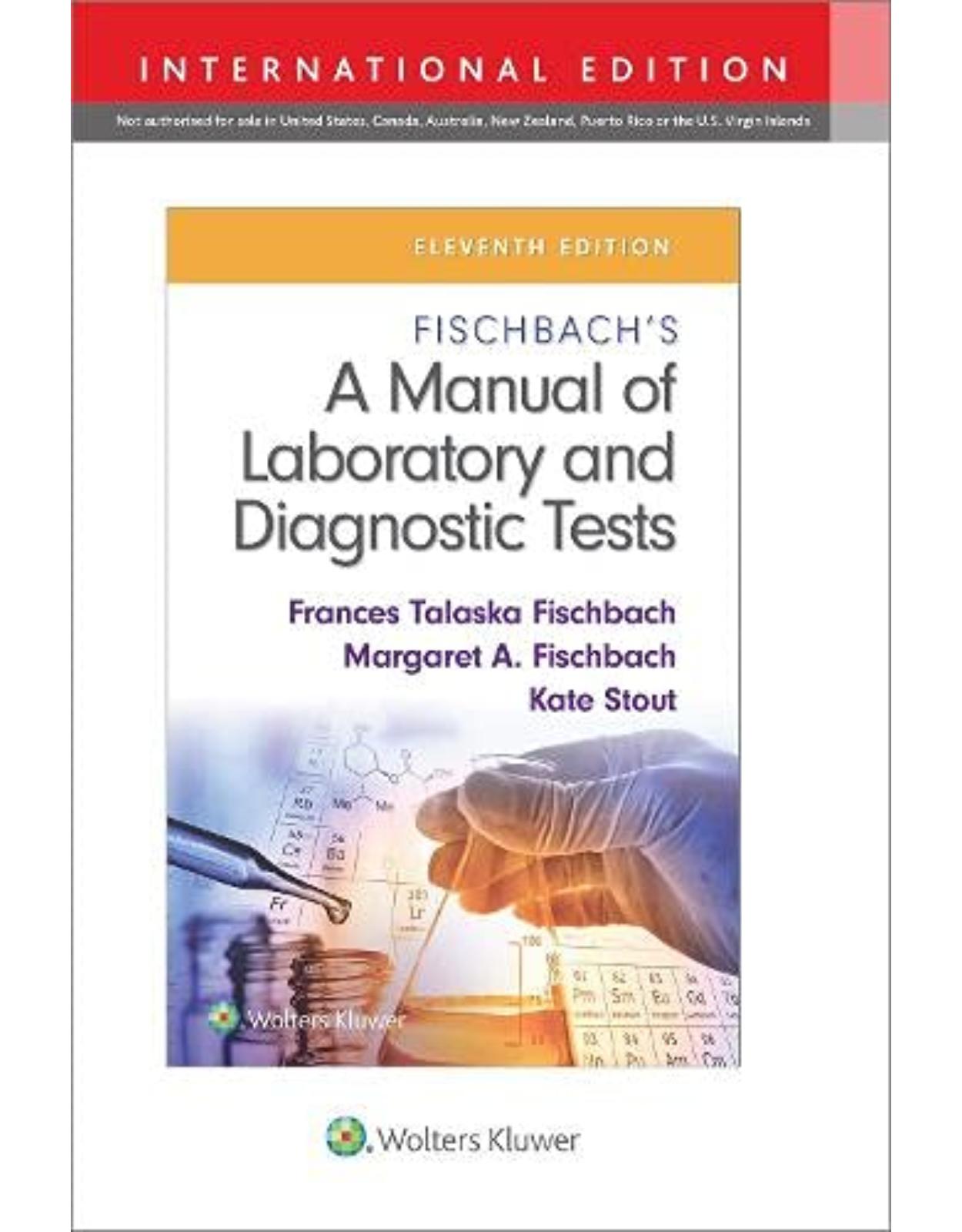
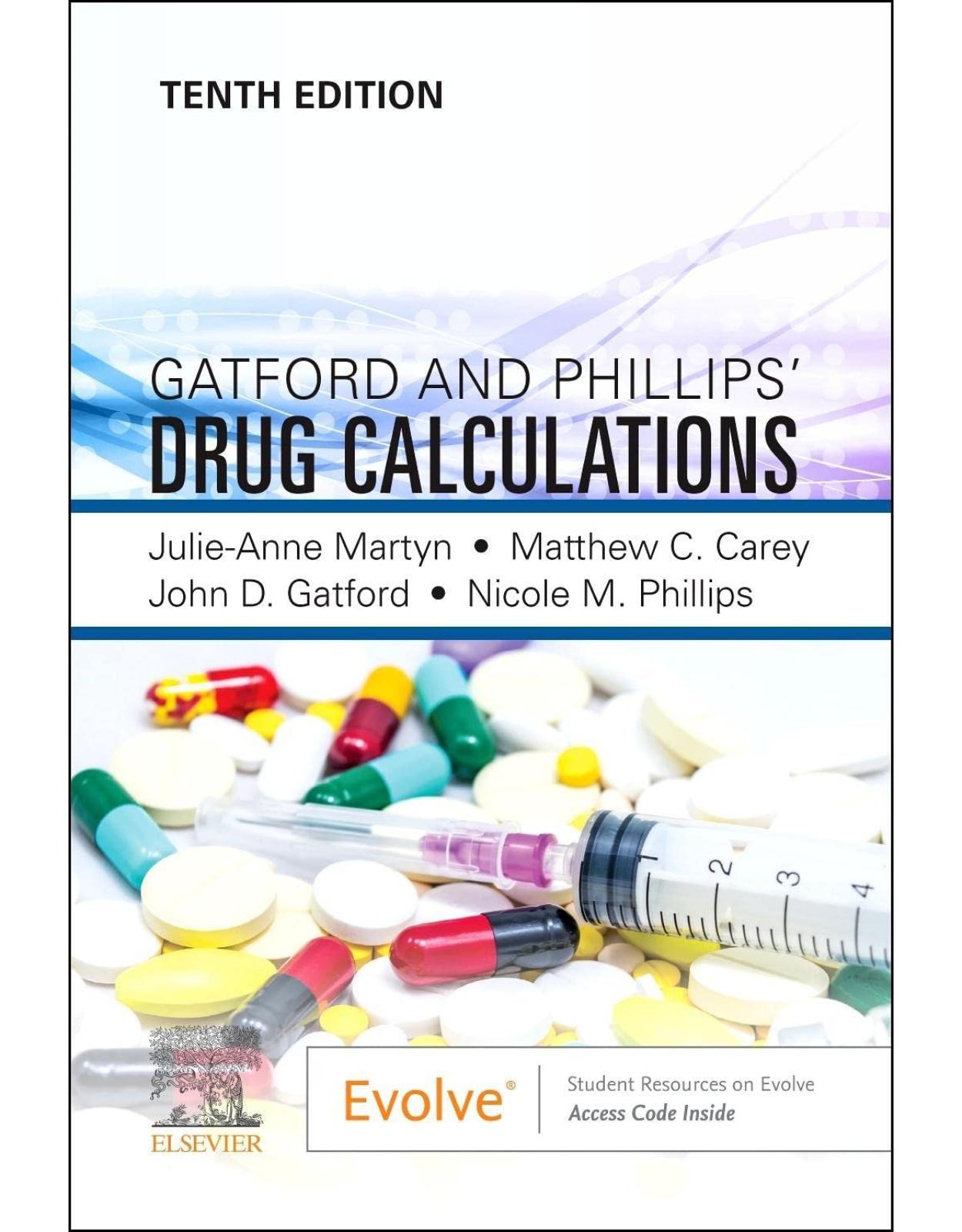
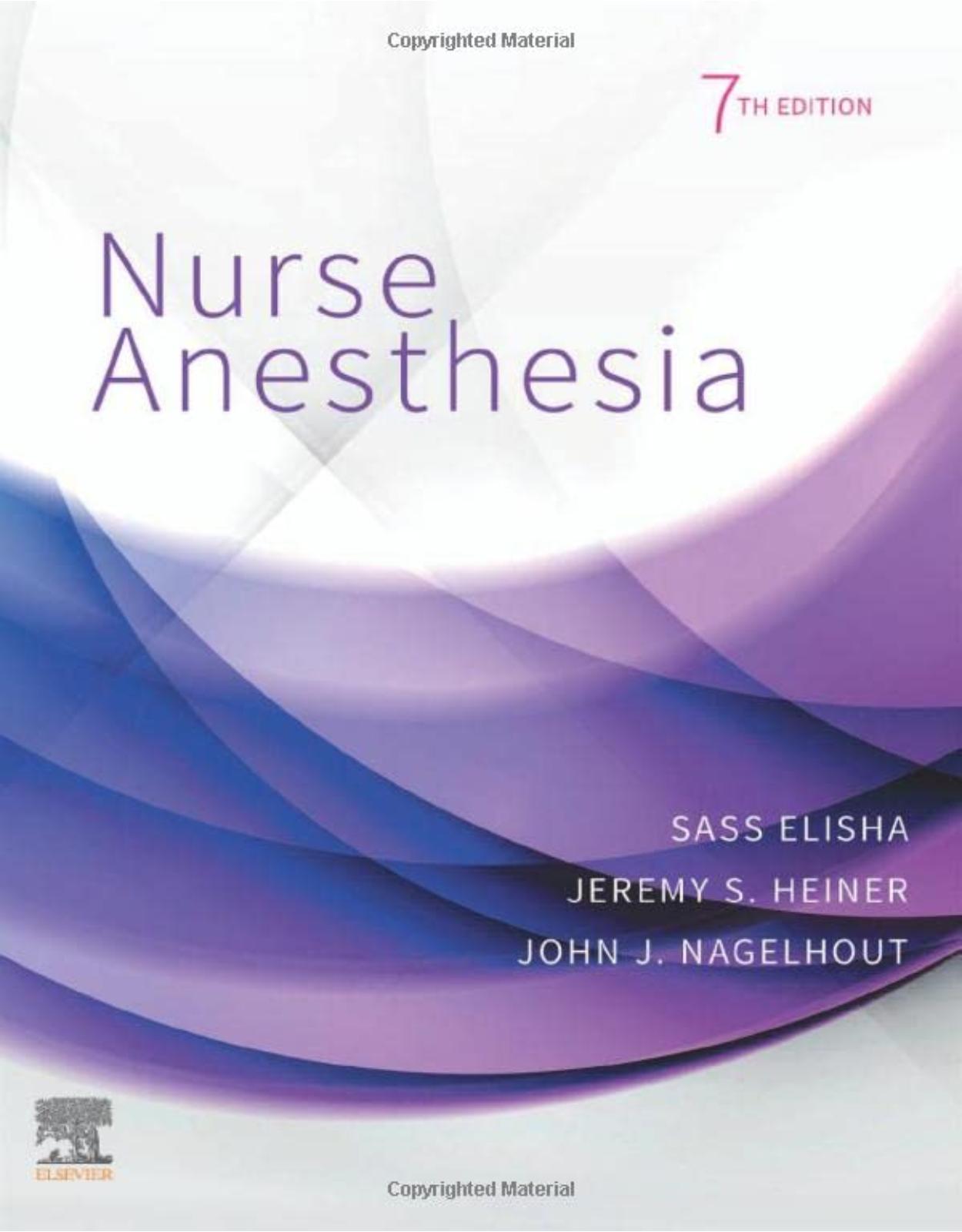
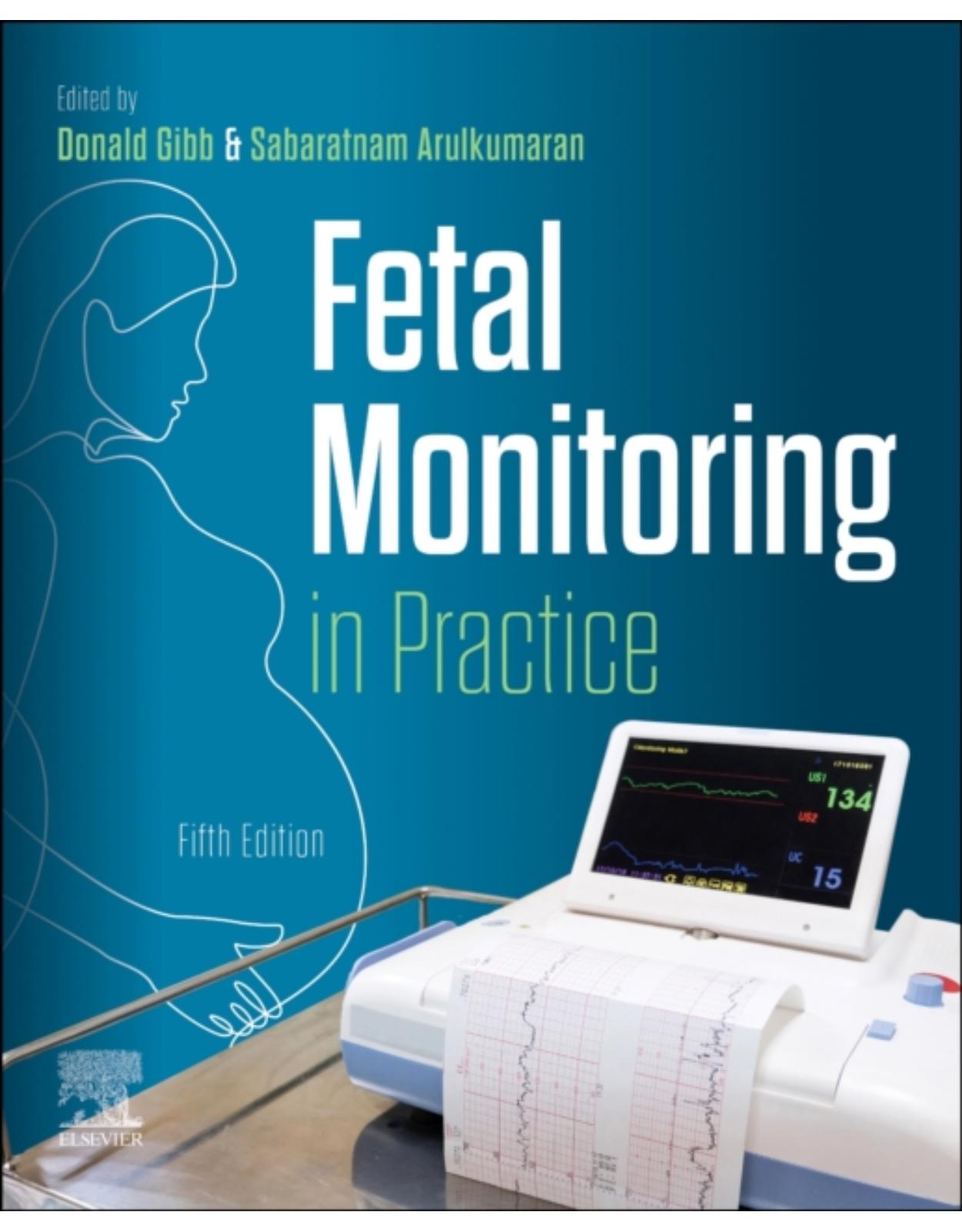
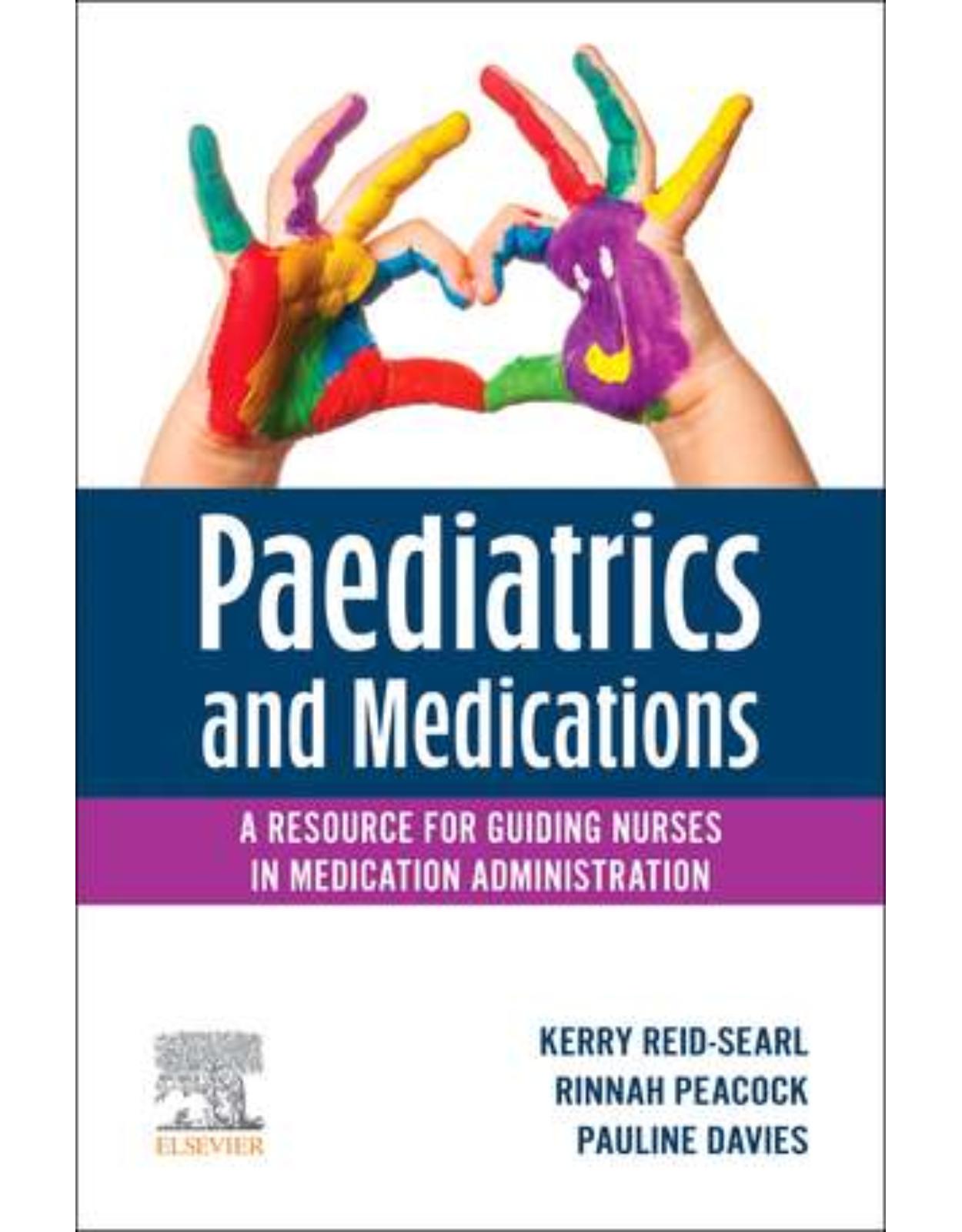
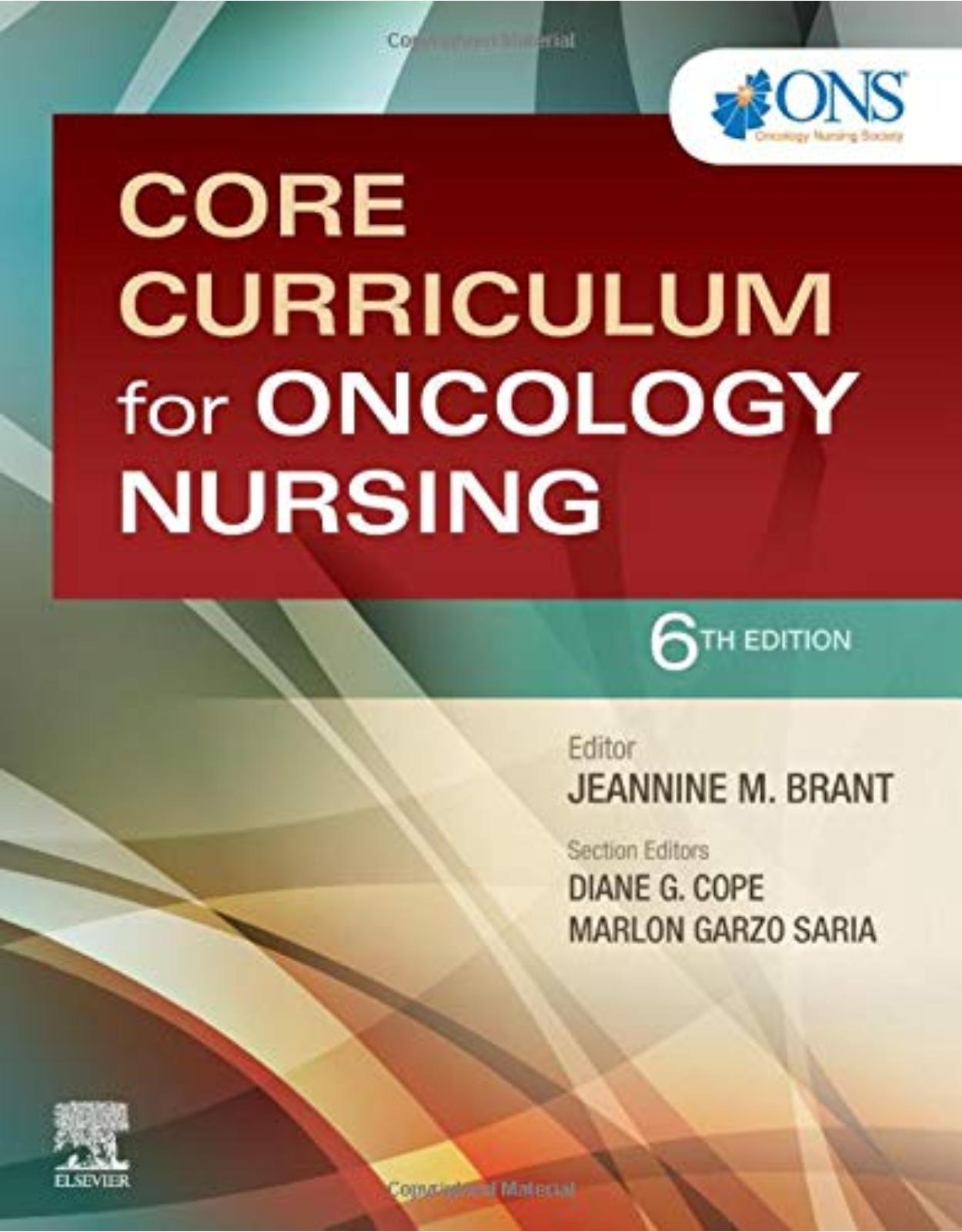
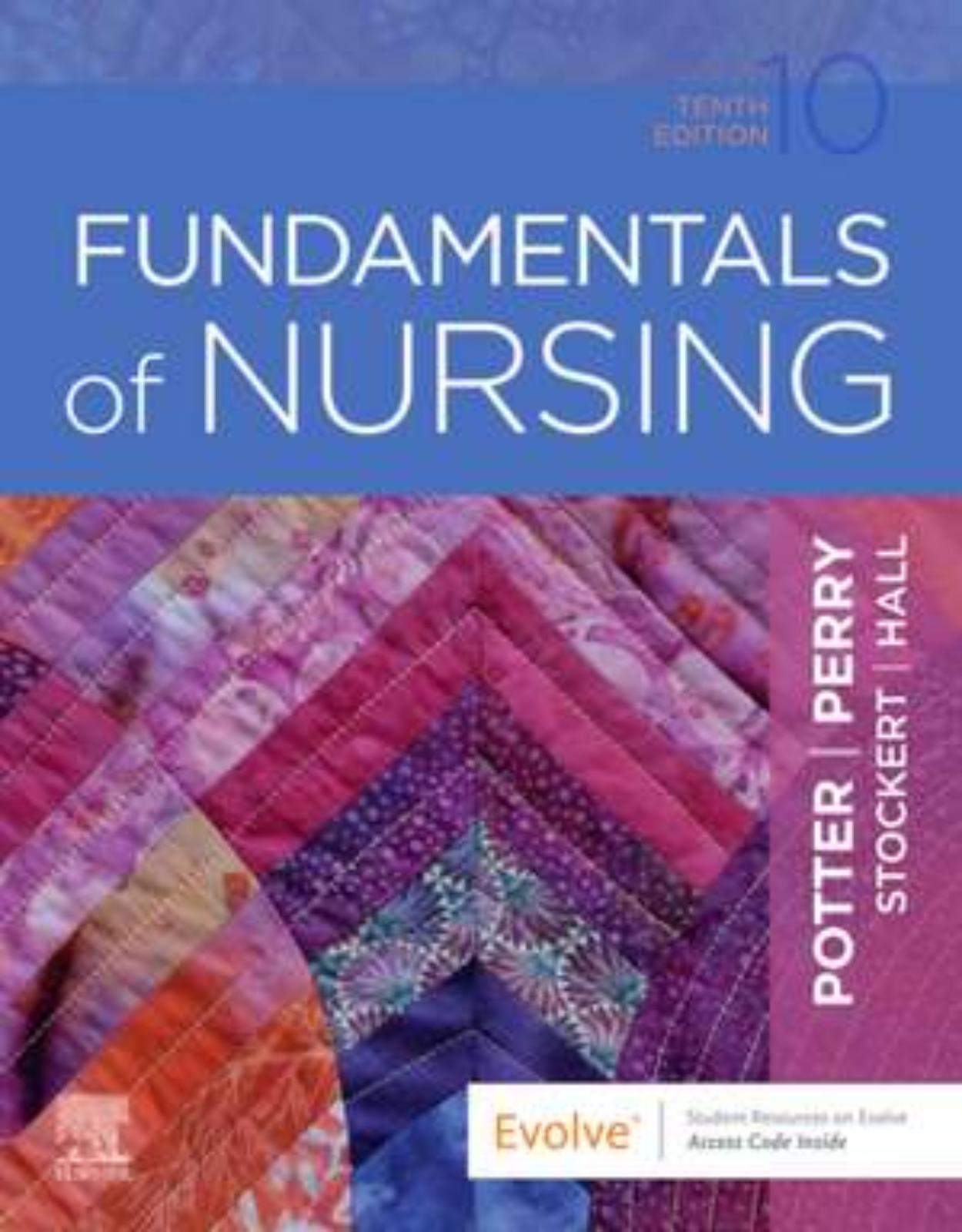
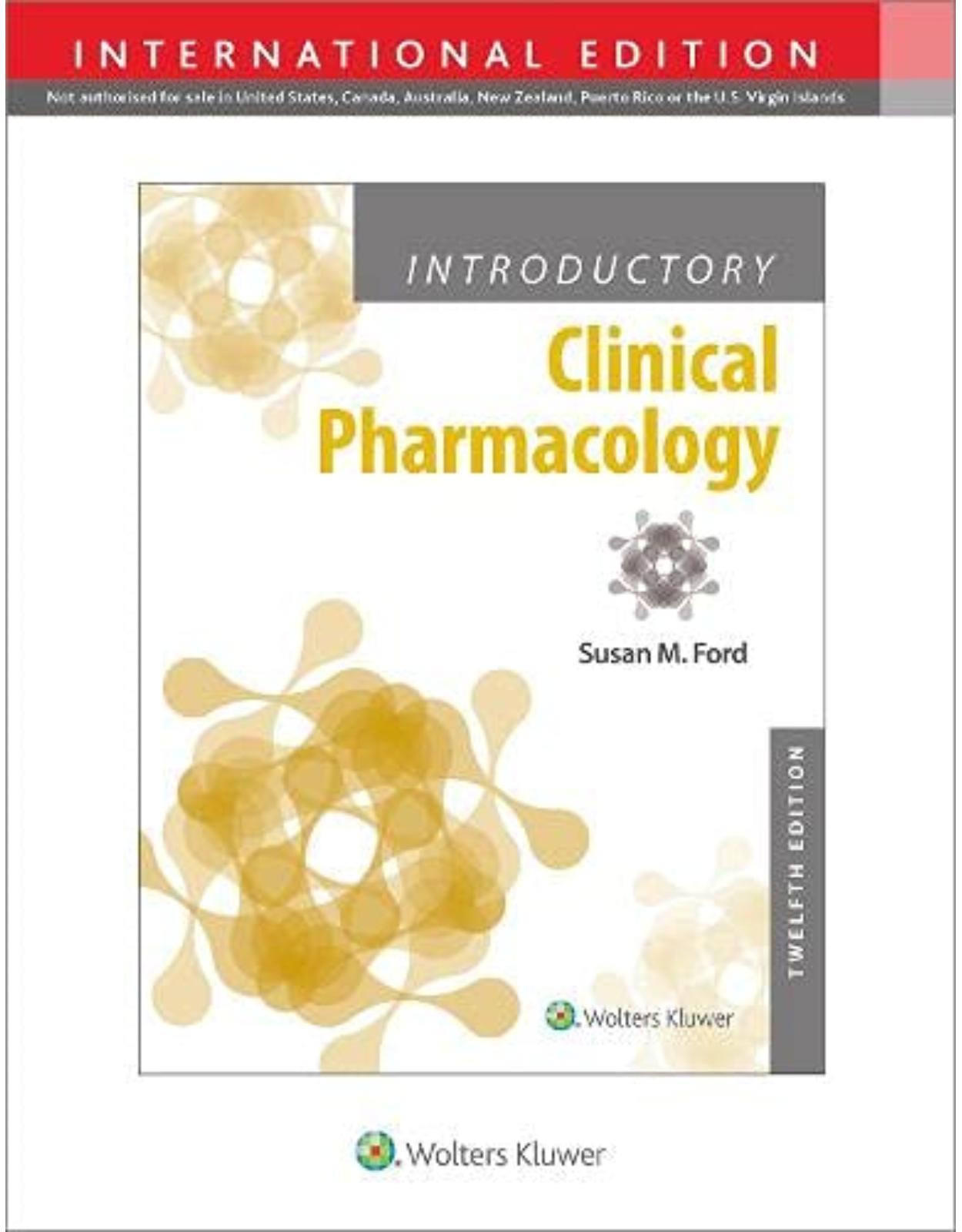
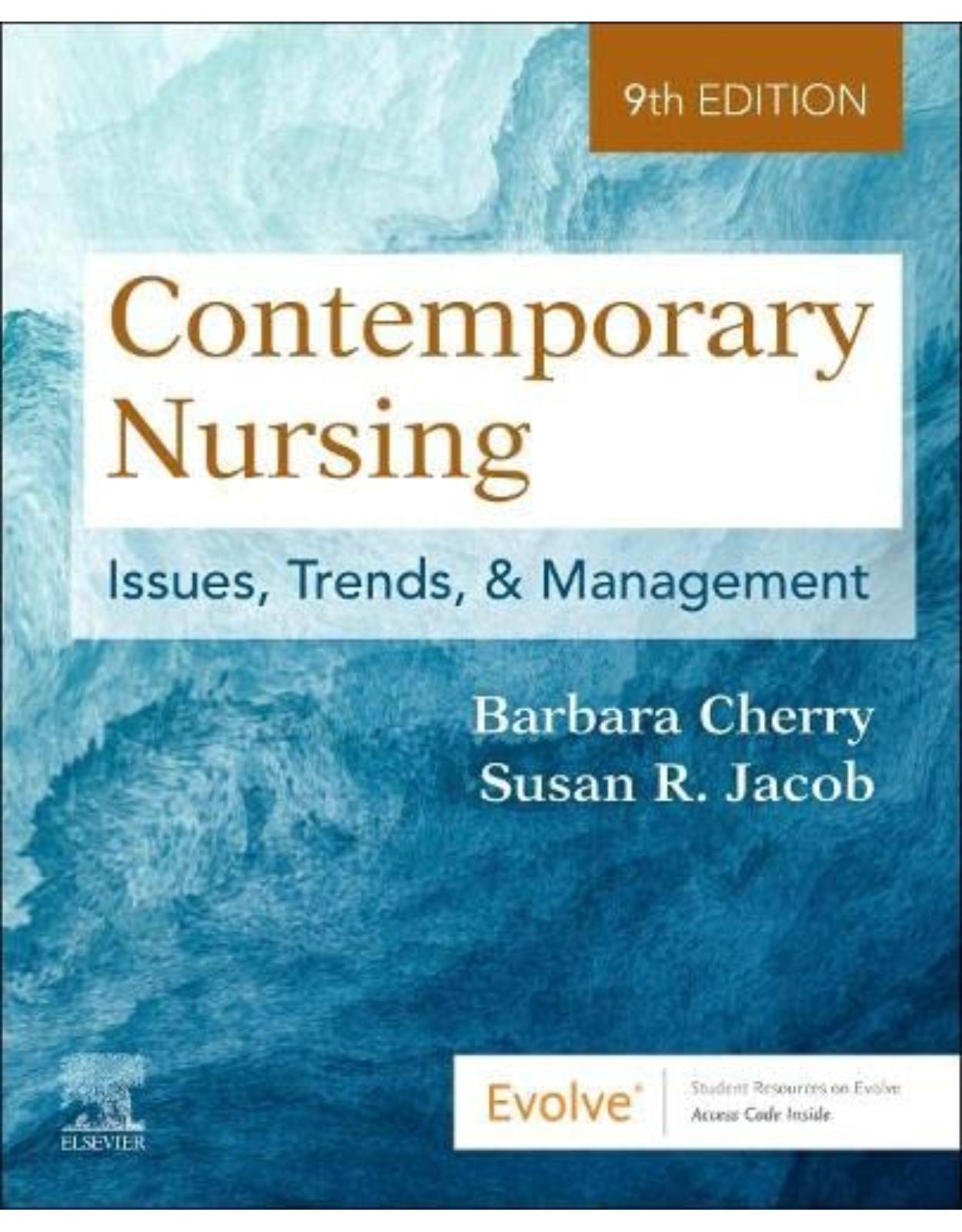
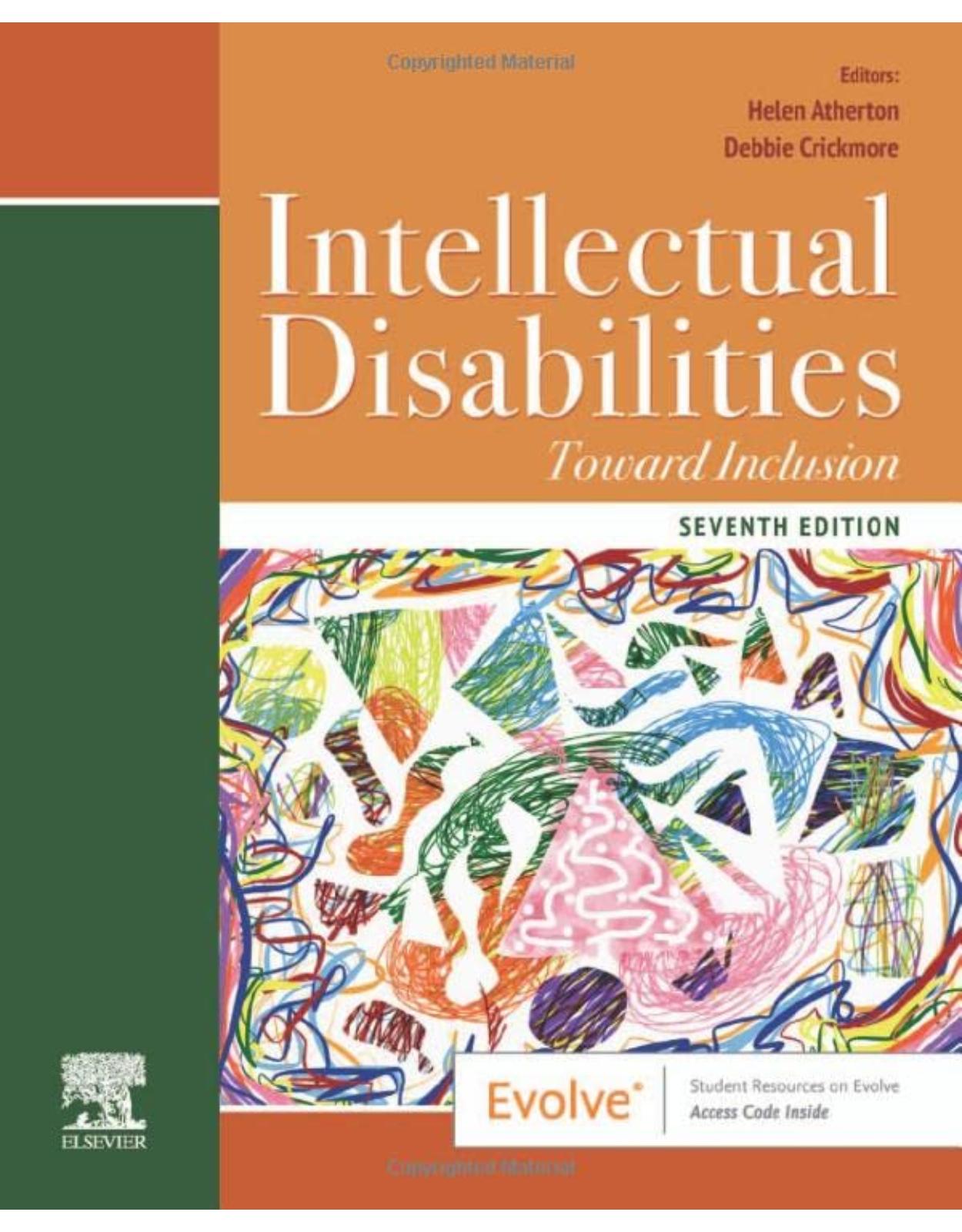
Clientii ebookshop.ro nu au adaugat inca opinii pentru acest produs. Fii primul care adauga o parere, folosind formularul de mai jos.